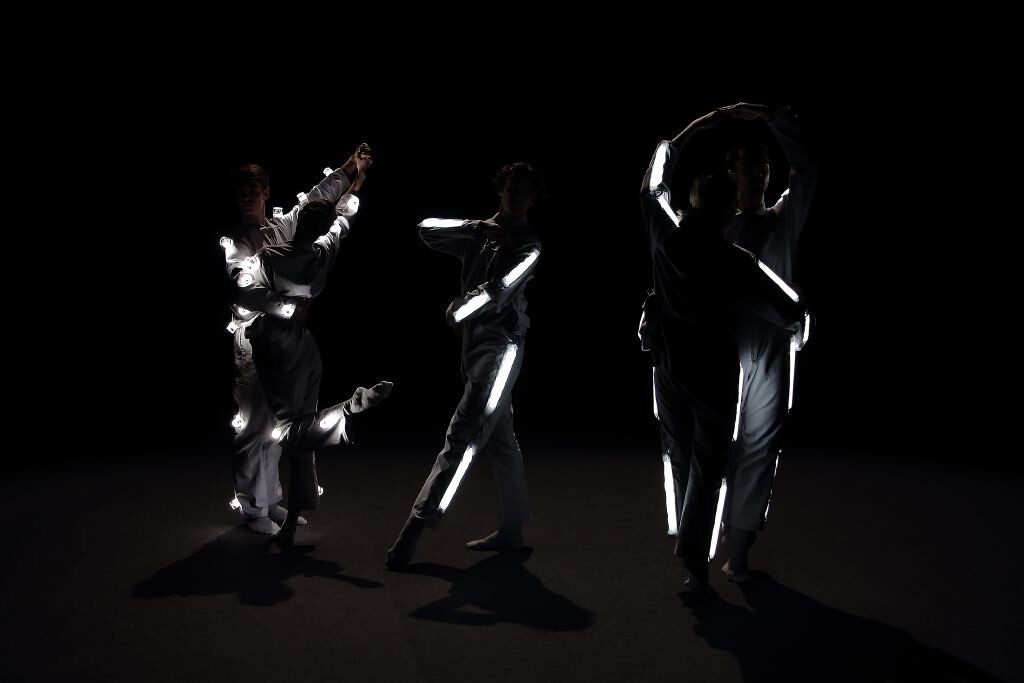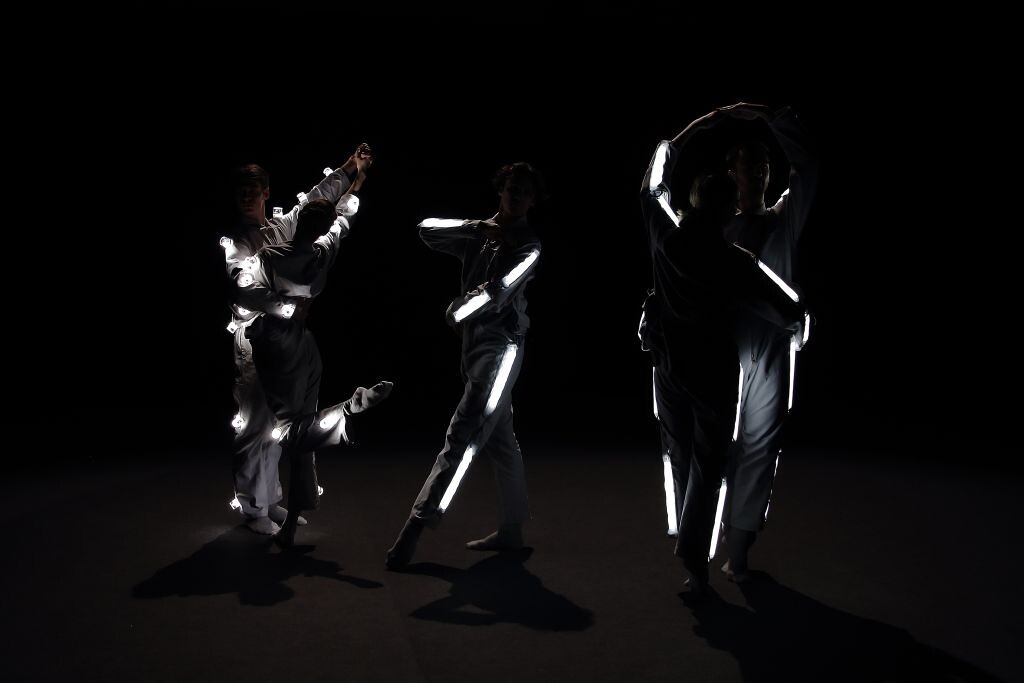Quantified Life and the Social Question
March 11–May 9, 2016
John-Foster-Dulles-Allee 10
10557 Berlin
Germany
T +49 30 397870
F +49 30 3948679
info@hkw.de
The egalitarian vision of the information age has increasingly come into question. At the same time, data corporations have risen to previously inconceivable power.
These corporations propagate a “smart” future with next-generation data solutions and “nervous” networks from urban to planetary scale, offering semi-automatized solutions to everything from government and business to natural ecologies. The vast and growing business of behavioral forecasting that has emerged from this means that whatever we will do, it is most likely that someone has already placed a financial bet or a categorised heading over our future actions. A new statistic normativity is emerging, flattening and smoothing out our life-worlds and singling out any form of dissent. Anticipation and pre-emption have become the guiding cultural logic. In targeting potential threats and “unknowns,” a process of far-reaching consequences is set in motion, generating potential effects we are only beginning to grasp.
Nervous Systems is an exhibition that questions this systemic closure and the pervasive nervousness that haunts today’s systems, data-driven rationalities and ideologies. What does “privacy” mean when it becomes possible to identify someone just as easily from “anonymous” data as from a fingerprint or identity card? What remains of the world when it is being interpreted for us by machines?
The exhibition assembles works by over 25 artists, installed in an architectural grid, invoked here as a paradigmatic “system” and template for knowledge, for order and the re-organization of life in modernity. The artworks focus on the entangled construction of bodies, machines and subjectivities. They employ a stereoscopic view on technology and the human subject, and map the advances of capitalism into ever-deeper strata of our social existences. Rather then representing “data” by visualizing its abstract operations, they make tangible the transformations of lived experience in the shifting terrain of human-machine interaction.
Julien Prévieux’s film Patterns of Life enacts more than a century of evolving technologies in tracking human movement and behaviour, extracting objectifiable patterns that are then used to re-organize everything from factory work to shopping malls and today’s “activity-based intelligence” in the “war on terror.” Melanie Gilligan’s online television mini-series takes us into a near future where people wear a prosthesis attached to the roof of the mouth, through which emotions and sensations can be felt and monitored by others. Lawrence Abu Hamdan looks at the contemporary implementation of voice recognition and lie detection technologies and how the self gives itself away through speech, asking what telling the truth might be in times of algorithmic truth-production and mass surveillance. Historical works by artists such as Vito Acconci, On Kawara, Douglas Huebler and Charles Gaines ask whether early conceptual art’s concern with de-personalized, a-subjective systems, quantification, and its “aesthetics of bureaucracy” must be interpreted anew in the light of current preoccupations with data-collection and self-quantification. In addition to the artworks on display, a further layer of contributions by media historians and writers illuminate and trace particular aspects of today’s “nervous systems” over the past 100 years, addressing issues such as pattern recognition, the genealogy of quantification, anomaly detection, and the epistemology of the “nervous” network. These “triangulations” stage historical and contemporary reference points such that they add up to a scenography of entangled frontiers.
Finally, next to “the grid,” the exhibition features The White Room, a live installation by the Tactical Technology Collective. The White Room is an inversion of a major company’s sales- and training facility, staffed with trained experts. Yet what they have “in store” is not the polished corporate image. Rather, it is a practical yet excavation-based encounter with our everyday devices, with our digital shadows and data aggregates. It is a space in which we learn to de-familiarize ourselves with our familiar technological environment, to look beyond the “black mirror” and the way it reflects our “selves.” The objects, books, artifacts, gadgets and artworks gathered here offer a contemplation on the void of “autonomy” as a disappearing modus operandi of political action.
Contributions and works by Vito Acconci, Timo Arnall, Mari Bastashevski, Grégoire Chamayou, Emma Charles, Mike Crane, Arthur Eisenson, Harun Farocki, Charles Gaines, Melanie Gilligan, Goldin+Senneby, Avery F. Gordon, Laurent Grasso, Orit Halpern, Lawrence Abu Hamdan, Ben Hayes, Douglas Huebler, Tung-Hui Hu, On Kawara, Korpys/Löffler, Lawrence Liang, Noortje Marres, !Mediengruppe Bitnik, Henrik Olesen, Matteo Pasquinelli, Julien Prévieux, Jon Rafman, Miljohn Ruperto, RYBN.ORG, Dierk Schmidt, Nishant Shah, Eyal Sivan & Audrey Maurion, Deborah Stratman, Alex Verhaest, Gwenola Wagon & Stéphane Degoutin, Stephen Willats, Mushon Zer-Aviv, and others. And in The White Room: Jacob Appelbaum & Ai Weiwei, Aram Bartholl, Tega Brain & Surya Mattu, James Bridle, Julian Oliver & Danja Vasiliev, Veridiana Zurita, and contributions by Open Data City, Peng! Collective, Privacy International, Share Lab, Malte Spitz, and others.
An exhibition by Haus der Kulturen der Welt in collaboration with the Tactical Technology Collective, co-curated by Stephanie Hankey, Marek Tuszynski, and Anselm Franke.
Nervous Systems takes place as part of 100 Years of Now. Supported by Open Society Foundations and Pro Helvetia, Swiss Arts Council.
Haus der Kulturen der Welt is supported by the Federal Government Commissioner for Culture and the Media as well as by the Federal Foreign Office.
Press contact: Anne Maier, Haus der Kulturen der Welt
T +49 30 39787 153 / anne.maier [at] hkw.de



